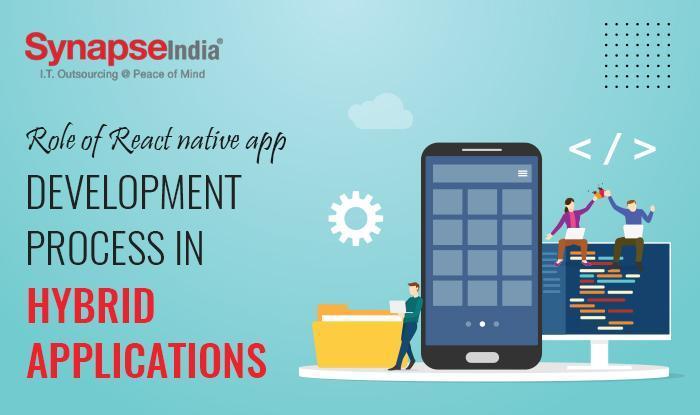
1 minute read
Role of React Native App Development
from Role of React Native App Development Process In Hybrid Applications & How React Native Helps In Qui
by Synapseindia
Process In Hybrid Applications & How React Native Helps In QuickTurnaround
In the past few years, the tech world has seen an abundance of ambitious app development projects. Every organization is willing to create a success story by using technology to its full extent and often they don’t miss out on the technology front. However, developing an app that has the potential to lead the market is not easy. Choosing the right platform and language is significant to make any app popular and successful. We have long past the days when developers build native apps for iOS and Android separately
Advertisement
Today, the market scenario and tech paradigm has changed completely; to thrive in the market, we need to create maximum with minimum time and investment. Precisely, this is why hybrid apps have used the imagination of developers to build something which can be used on both iOS and Android platforms. A simple language that is supported by rich native elements can be used to develop applications that run sleekly on both iOS and Android platforms. Indeed, React Native app development has turned out to be a promising and popular language that effectively supports hybrid app development with an array of benefits. In addition, web development with react native has become promising, effective, and time saving.
HybridApplication:An Overview
A software that merges elements of both native apps and web applications are termed as Hybrid apps. Essentially, hybrid apps are web applications that have been put in a native app shell. Once a hybrid app is installed locally, the shell is capable enough to connect to your mobile platform capabilities through a browser that’s embedded in the app. The browser is invisible to the users because it's running on the back end along with its plug-ins.
Hybrid apps are dominating the tech-driven market because of their functionality, developers can write mobile app code once and still accommodate multiple platforms. Seemingly, hybrid apps include an extra layer between the source code and the target platforms which results in slow performance by these apps as compared to native or web versions of the same app.


